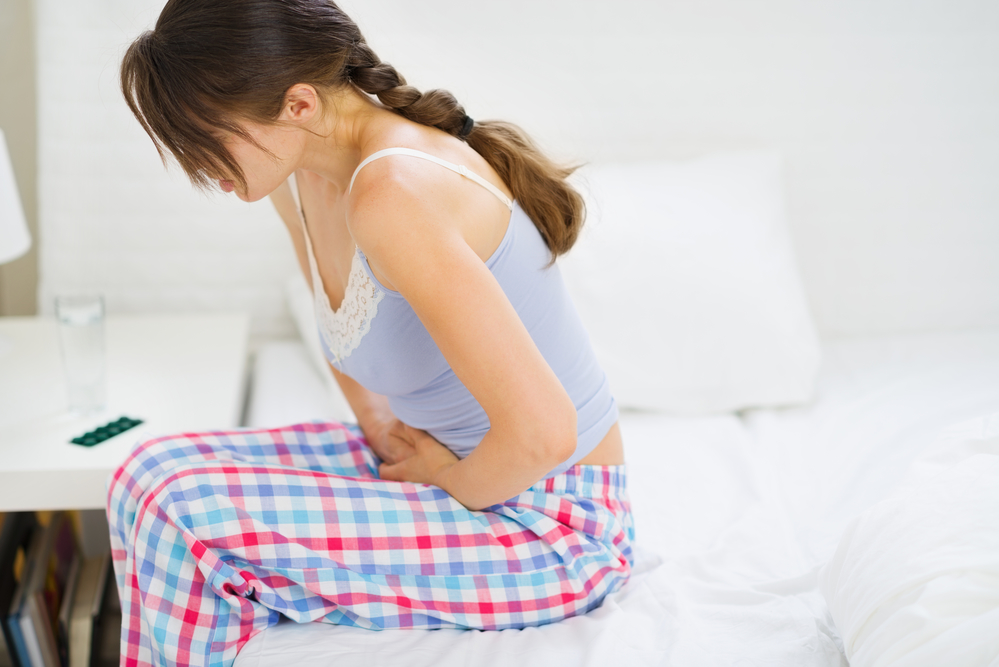Endometriosis is a chronic health condition that affects up to 10 percent of all women of reproductive age. It occurs when cells from the lining of the uterus (endometrium) migrate to other areas of the body, such as the abdomen, ovaries, and even the lungs. Endometriosis can cause pain, infertility, and other uncomfortable symptoms. Understanding the signs and symptoms of endometriosis can help you seek the treatment you need to manage your condition.

The most common symptom of endometriosis is pelvic pain. This pain is usually worst during the menstrual cycle and can range from mild to severe. It can also occur during bowel movements, or after exercise. Some women may also experience pain in the lower back or upper thighs.
In addition to pain, endometriosis can also cause heavy, irregular, or prolonged menstrual periods. Other symptoms may include fatigue, nausea, diarrhea, constipation, bloating, and difficulty getting pregnant.
If you suspect you have endometriosis, it is important to seek medical help. Your doctor will likely perform a physical exam as well as a pelvic ultrasound to confirm the diagnosis. Treatment options for endometriosis vary depending on the severity of the condition, but they may include medications, surgical procedures, or both.
If you are experiencing any of the symptoms of endometriosis, it is important to seek medical attention right away. Early diagnosis and treatment can help manage your symptoms and reduce your risk of developing serious complications. With the right treatment, you can live a healthy, active life despite your condition.

